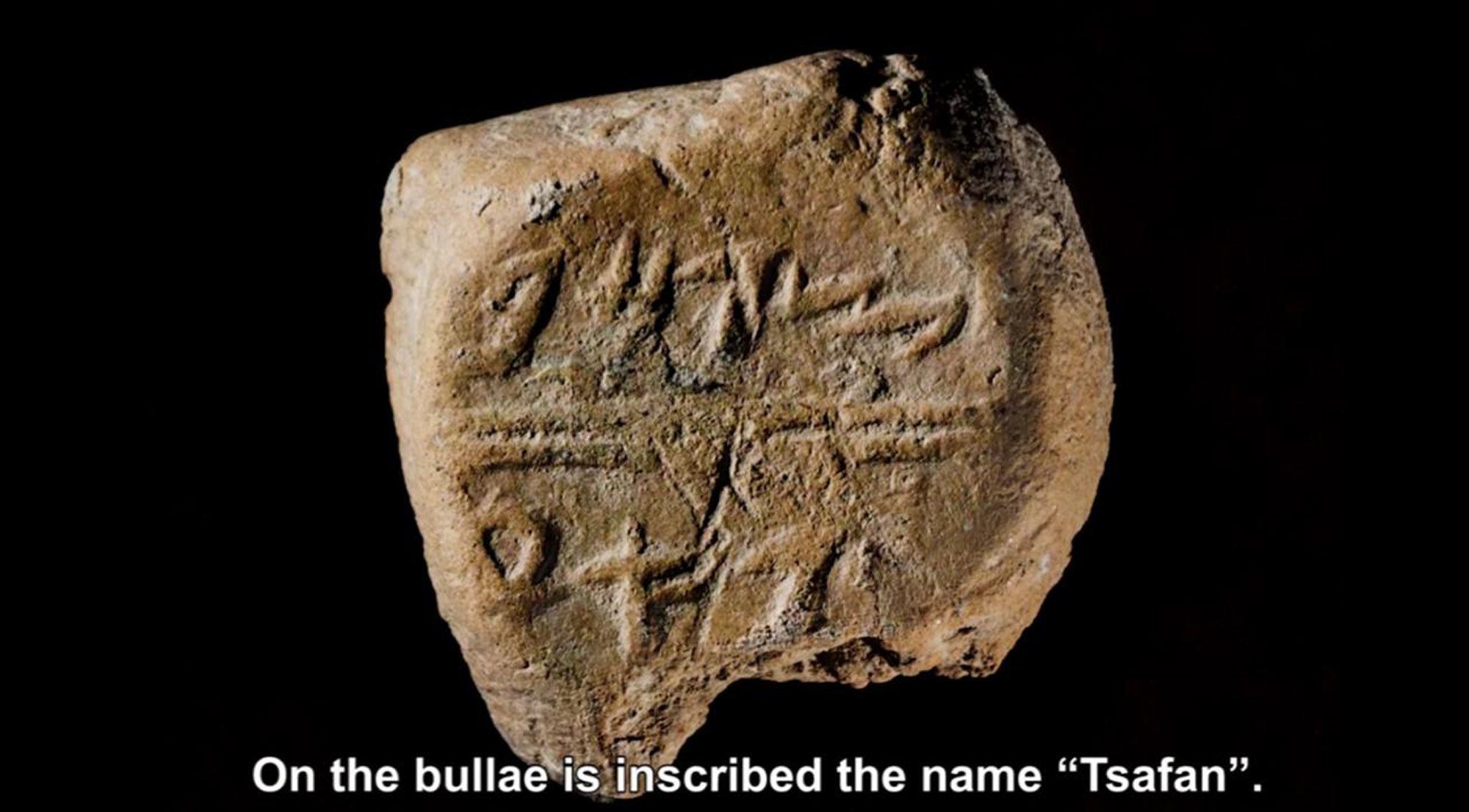Findings Indicate the temple wasn’t razed, but breached.
Findings Indicate the temple wasn’t razed, but breached.

The biblical account of the destruction of Solomon’s Temple has been called into question after a missing section of the original fortification was found showing it was breached by the Babylonians, but not razed to the ground.
Solomon’s Temple, also known as the First Temple, was built under King Solomon’s reign and completed in 957 B.C.E.
A missing section of the fortification has been found in the City of David National Park in Jerusalem, casting doubts over the biblical narrative that it was torn down on every side.

Two Kings 25:10 says: “The entire Chaldean [Babylonian] force that was with the chief of the guard tore down the walls of Jerusalem on every side.”
The recently excavated section of the city’s eastern wall links two previously unearthed sections that suggest the entire eastern wall was not literally destroyed by the invading Babylonians, but probably breached.
Archaeologists have been able to reconstruct the wall that protected the city until its eventual destruction, marked by the Jewish annual fast day Tisha B’Av, this year on the evening of July 17 until the evening of July 18.
After linking two sections found by British archaeologist Kathleen Kenyon in the 1960s and archaeologist Yigal Shiloh in the 1970s, scientists discovered there was a near-continuous 200-meter wall on the City of David’s eastern slope. However, it is unknown if the fortifications were built before the earlier siege by the Assyrians in 701 B.C.

“With the current exposure of the section that almost physically connects between the two [previous sections], it is clear there’s a wall that’s running for hundreds of meters,” said Israel Antiquities Authority excavation co-director Joe Uziel.
Filip Vukosavovic, director of the Ancient Jerusalem Research Center, said the new section of the wall is around 16 feet wide and up to 9 feet tall.
“We’ve put the discussion almost to an end, although archaeologists do love to argue, but it seems like we have the run of the First Temple fortification,” Uziel said.
Scientists said the wall protected the city from a number of attacks during the reign of Judah’s kings, until the Babylonians conquered the city in 587 B.C.

Archaeologists have found remains of the ruins during digs and some sections still remain standing.

In a nearby building, scientists found broken storage jars with rosette stamped on the handles, common in the Kingdom of Judah’s final years.
Near the wall, researchers found a stone Babylonian seal featuring a figure and two symbols of the Babylonian gods Nabu and Marduk.
They also unearthed a clay seal-stamp impression with the Judean name Tsafan, one of a number of seal impressions discovered in Jerusalem from this period.
Uziel said the name Tsafan appears on other clay seals found in the city and believes they are linked to governing officials of the Kingdom of Judah.
Edited by Fern Siegel and Judith Isacoff

